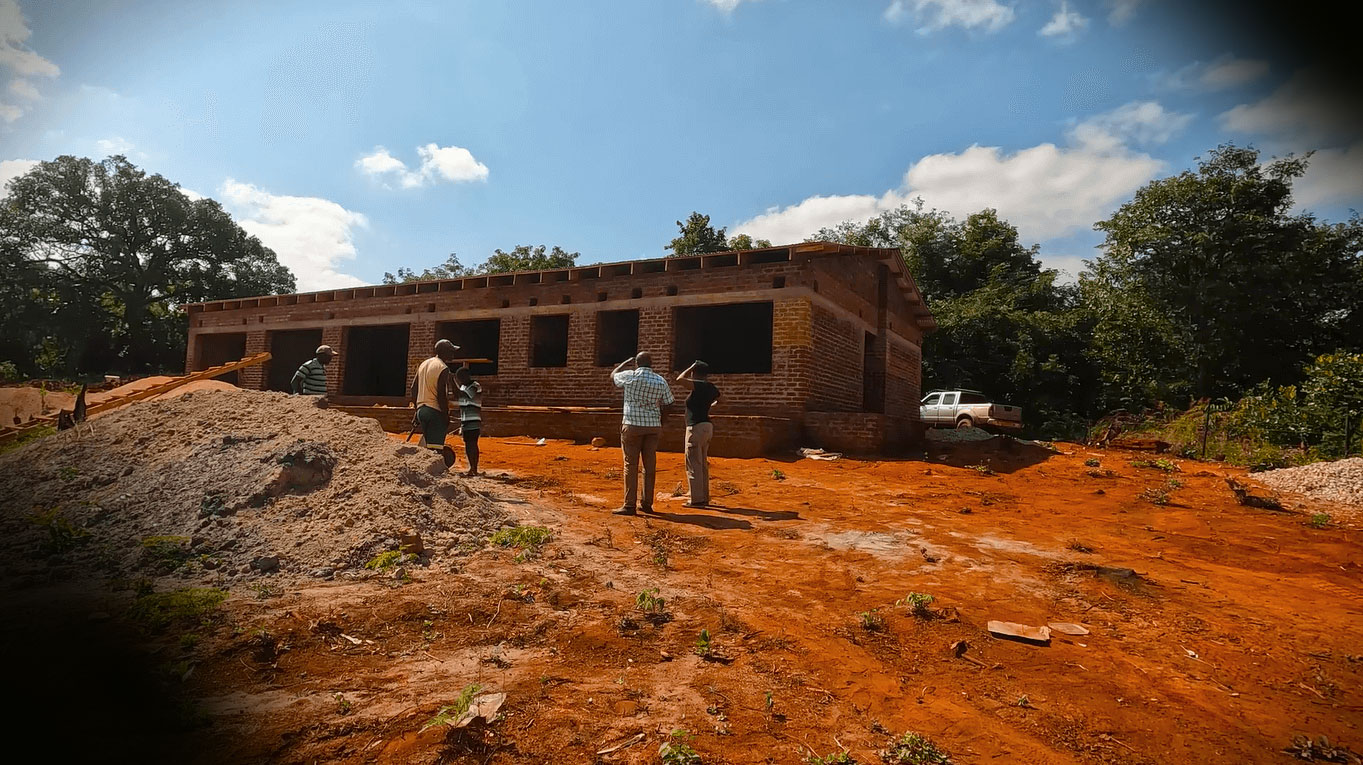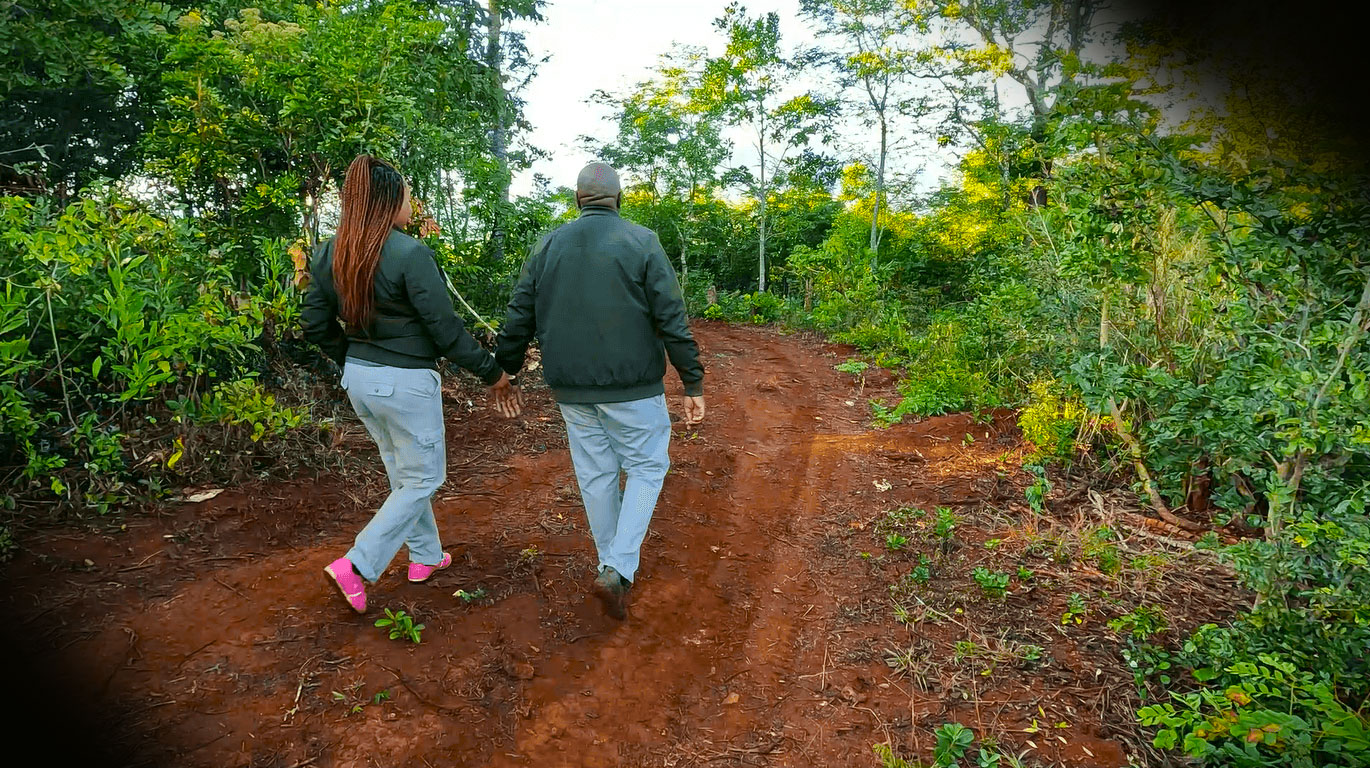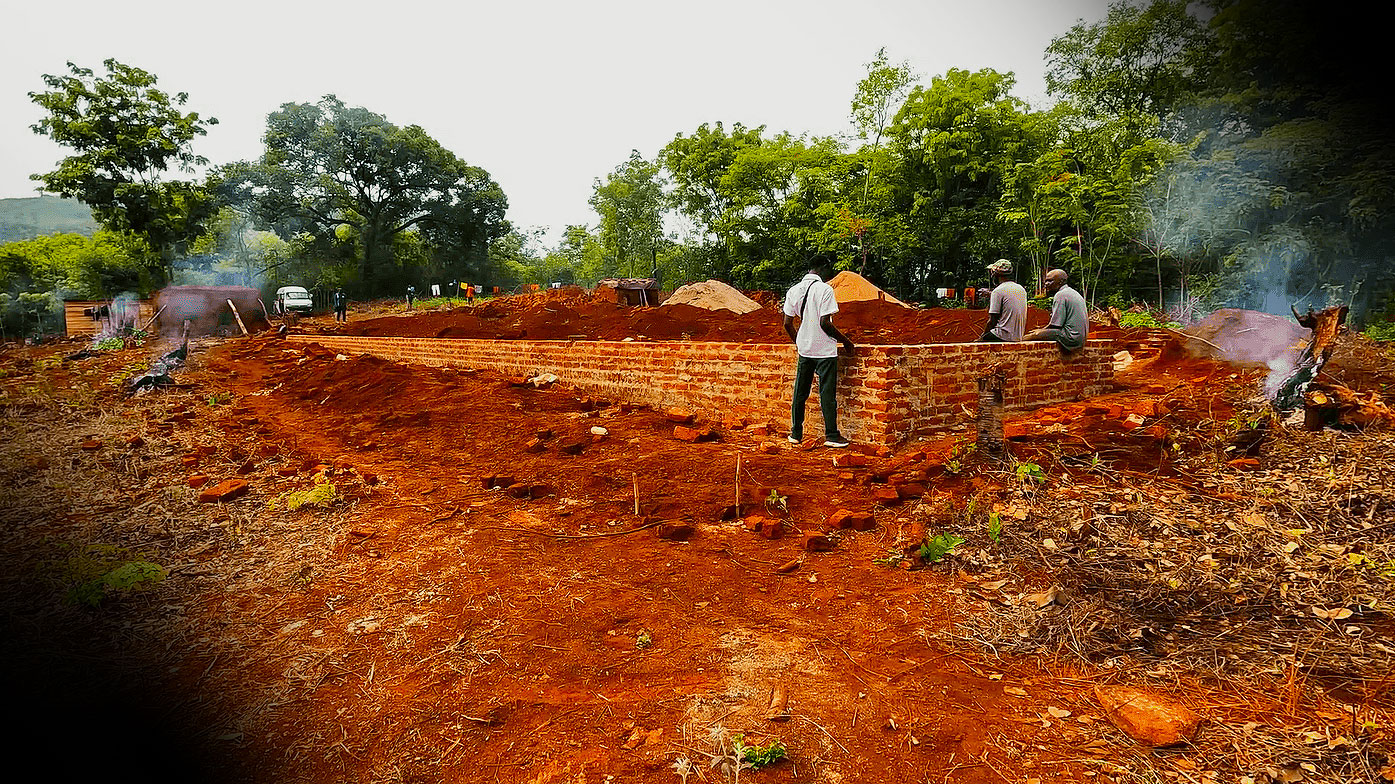
No need to remind that water is big. Every homestead needs a great and reliable water supply.
We are fortunate. At least for now, we don’t need to drill a borehole. Honde Valley, like many parts of the Eastern Highlands, has numerous perennial rivers.
There is enough water here for year-round hydroelectricity generation. The image above is of the local hydropower station at Pungwe B (see Episode #04 on our YouTube channel).
For this reason, load shedding has been foreign to the locals in Honde Valley for many years whilst the rest of the country suffered even the most severe of power shortages.
Our water supply comes from a local mountain that is close to our homestead. A local school and other families also draw water from this same source. If you watch any of our homestead videos, that’s the mountain that features a lot.
In the mountain is a perennial spring which is also the source of a local river. We draw water from the mountain spring using gravity on a nearly 2km long poly pipe. At the opening of the poly pipe at the source, we put a sieve to prevent debris and sand from getting into the pipe. This is repeated at the end-point where the poly pipe terminates at the homestead to guard against any debris getting into the irrigation system, sprinklers to be precise.
The Head
What is important when using this gravity method of getting water is an effective head. This is the distance water must drop down the mountain from the source, flowing in the poly pipe in a steep fashion to gain enough momentum to reach its final destination which can be uphill (as in our case).
Once you pay your fees (see below) at ZINWA, a government water management department, experts there will also give free advice on the best head and allocate a good water source.
A good head produces good pressure at the end-point. Good enough to run irrigation sprinklers in the fields 24/7. This is exactly what we enjoy.
Most households here use this method for domestic water and irrigation. It works well and has been like this for many years.
However, some issues associated with running gravity-fed poly pipes include relatively high maintenance. The pipes run above ground (although they can be buried). This exposes them to the elements which slowly damage them and even vandalism (although not rampant). It will be necessary to trace the poly pipe route to fix any issues as they arise.
ZINWA Fees
Drawing water like this from the rivers and mountains requires a once-off ZINWA permit which we secured at the local ZINWA office for USD24.00 (2022). This is in addition to another once-off USD40.00 paid to the Village Chief for access to his/her natural resources.
Furthermore, an annual USD12.00 fee for the ZINWA water fund is also expected. In total, we have so far paid USD88.00 (June 2023) for water access.
In cases of huge volume storage, an additional permit with a fee is required according to government regulations. This is about USD1.00 (one dollar) per 1000 liters. Our calculations show that at an average flow rate at the end-point of the poly pipe, one can collect up to 300 000 liters of water per year.
It must be stated that despite having no gun pointed at our heads, we nonetheless chose to keep everything above board and paid all the fees required. In most cases, other villagers use a lot of this water without ever paying any of these fees as required by law.
Despite being a community member in good standing, the real catch is that a paid-up status matters most when water disputes and other such problems arise requiring adjudication or resolution by the authorities. The law is always in favour of those with their house in order. That’s our reasoning and also authoritative advice that we received from the onset.
Although not always an issue, we have come to understand that friction over river or mountain water sources increases around October just before the onset of the rainy season when the water table is at its lowest. As soon as the rains come in November, these tensions dissipate as there is usually so much rain here which replenishes all the sources.
Using our current water sources, we have enough water to do just about anything we would want to at a 5-acre homestead.
We hope to update this post in the future as new developments occur or as we learn more things about our water situation.
Stay tuned.





